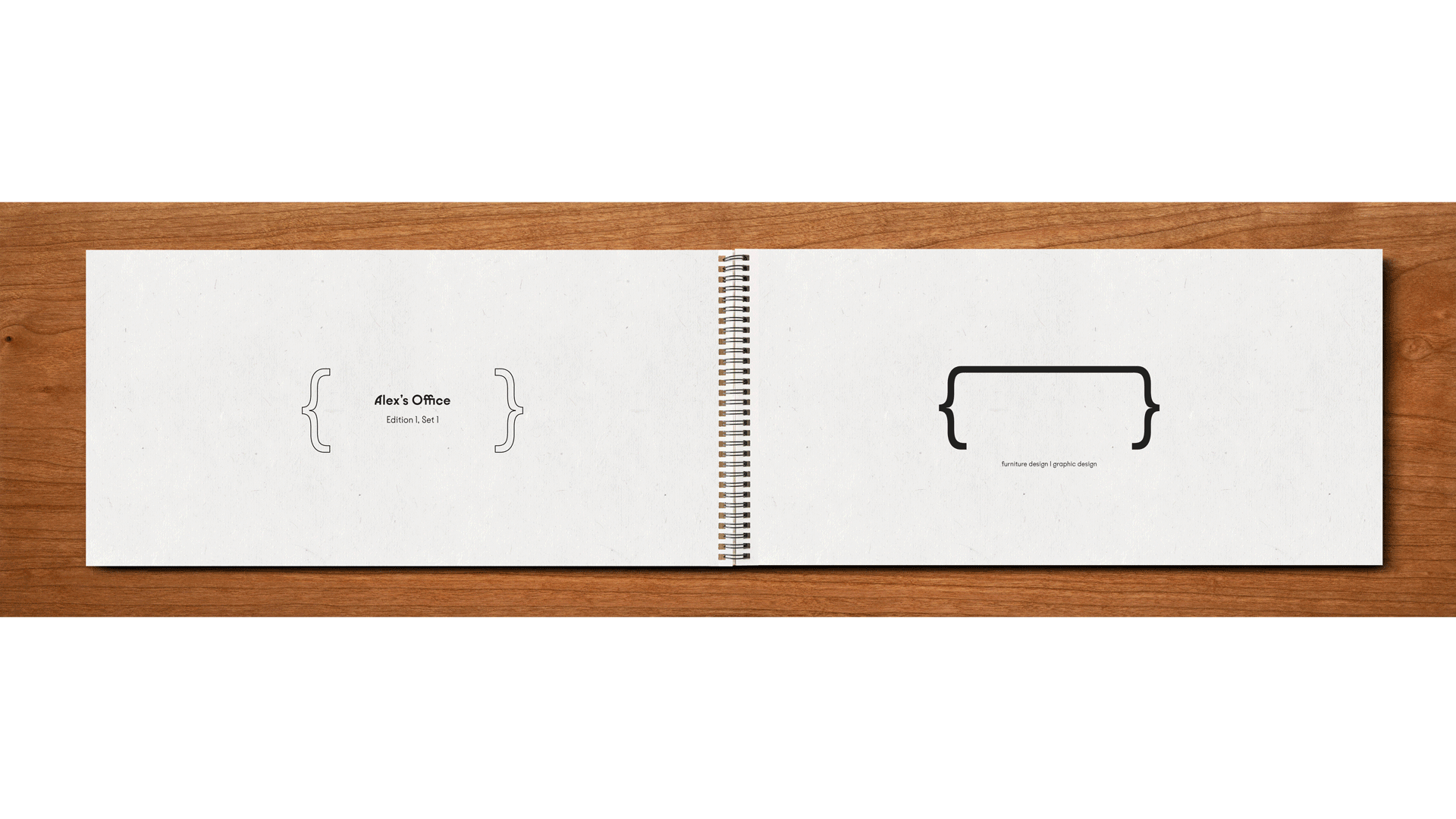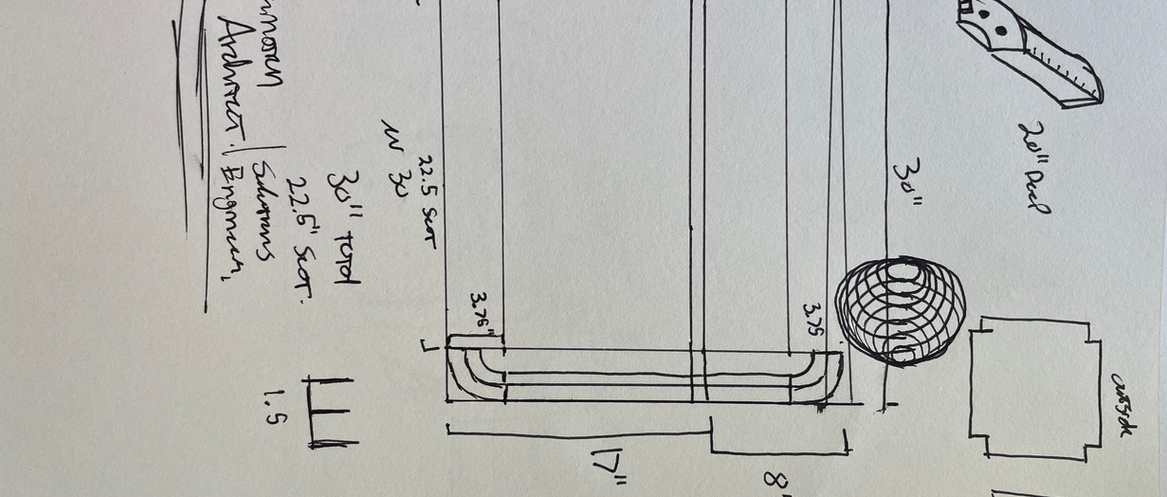top of page
Alex's Office
Challenge
Research an area of interest and offer a solution to a problem that you've identified.
Observations
People spend around 80% of their lives indoors, making furniture and interior design extremely important. Furniture often feels awkward and out of place, often times being too large or having a different style than the home.
Solution
Custom furniture that matches the house and personal aesthetic can make a room feel more like home and that everything belongs.

Process Book
Life is full of decisions that are contingent to each other. That is, for one thing to happen something must of come before. At the root of everything is random chance. This project is about furniture design and fabrication. The process book follows every decision in the design and fabrication of a desk: both arbitrary and reasoned, with aim to provide discussion about the creative process. The typography calls forth design elements from the desk and house.
Graphic Elements
Every part of the desk and book are constructed using the same graphic elements. The gestalt principles are applied to provide a feeling of meaning and identity.
Historical Roots
I gathered these images from historical archives. The desk and book design are derived from Japanese aesthetics: a common design reference of Arts & Crafts houses.

.jpeg)
_edited.jpg)
.jpeg)
Exhibit
For the final display of this project, each of us were given a 4x8 space to showcase our designs. I decided to create a literal office space to display the desk and book, instead of the typical trade-show style booth. This way, people could experience it in the setting it was designed to be experienced.
Physical Process
Research, observations, ideas and lots and lots of sketching and prototyping. This project required multiple complex jigs, forms, tension straps, and weeks in the bookmaking studio.
Materials
The desk base is plywood, with a cherrywood veneer. No hardware was used in the making of the desk, just kerf cuts and wood glue. The book is Mohawk paper, printed using an Epson plotter, and bound using "the book that's made to fall apart" with a brass spiral binding.
bottom of page

























